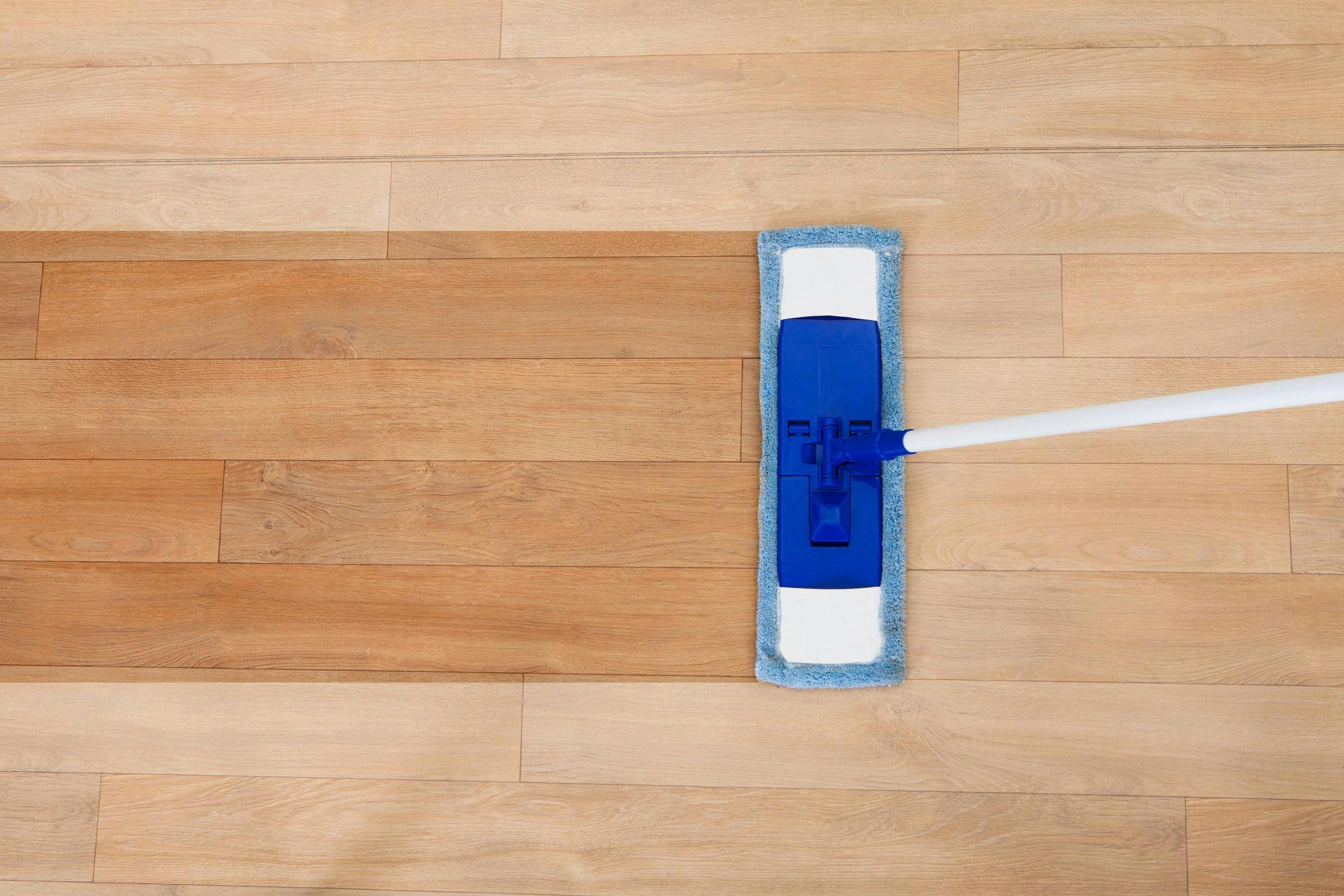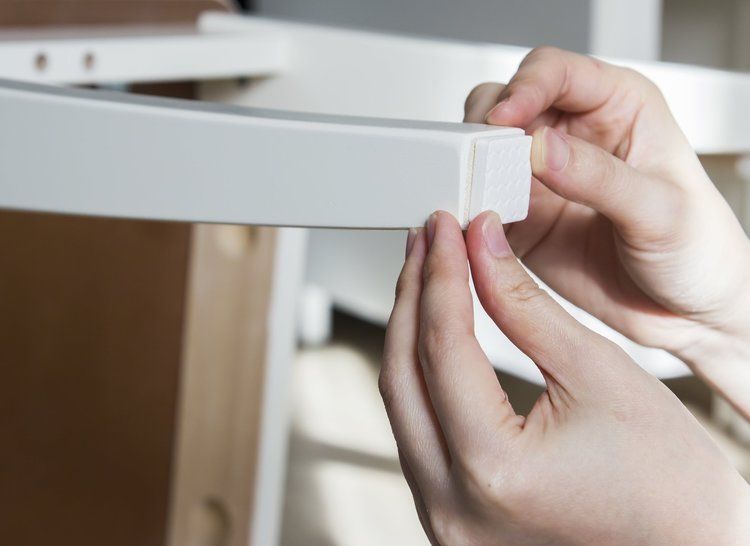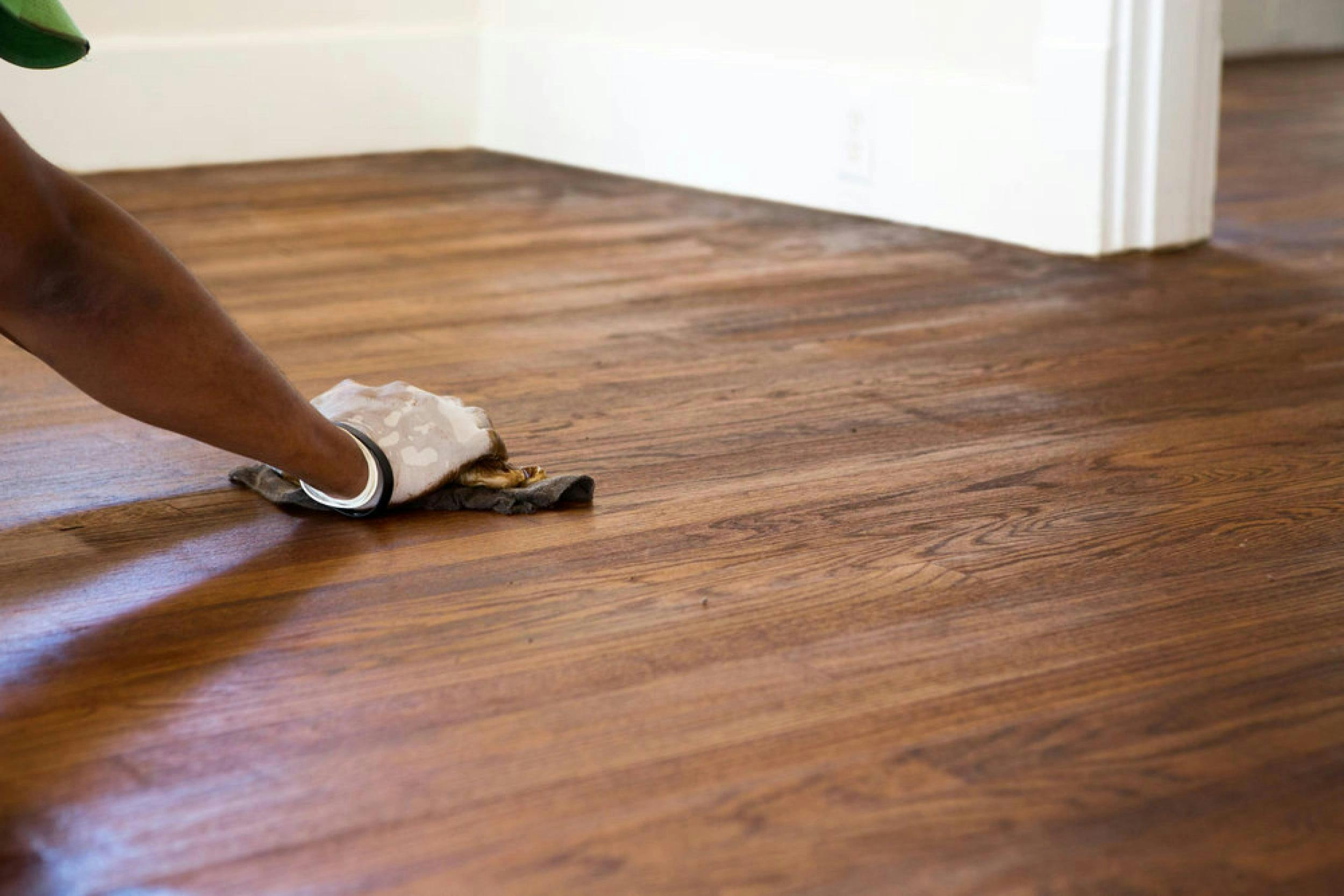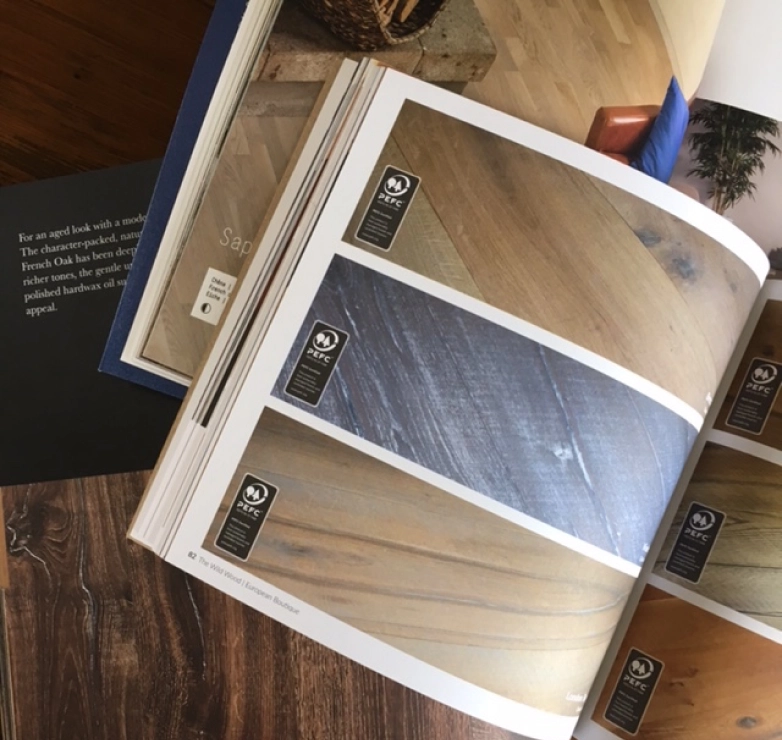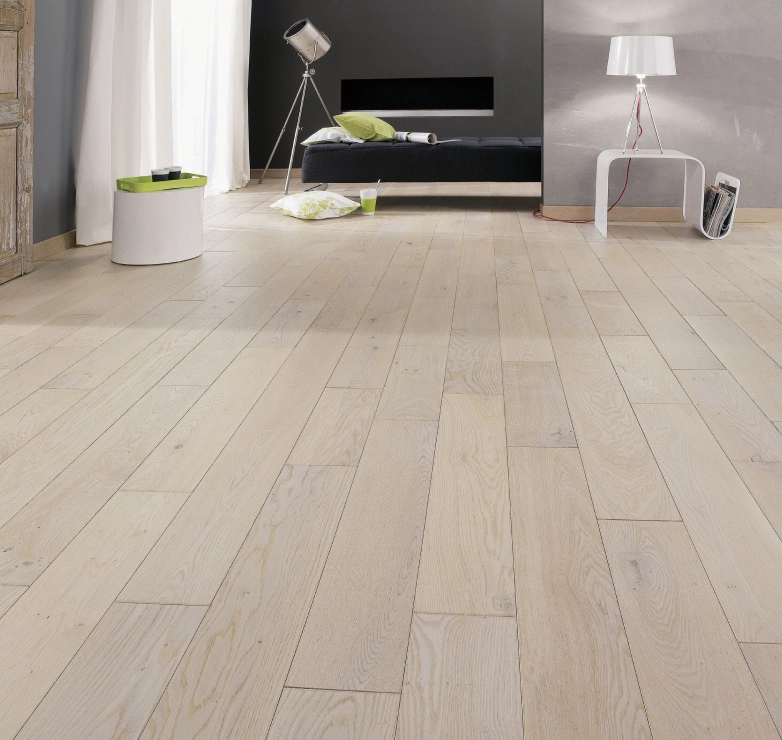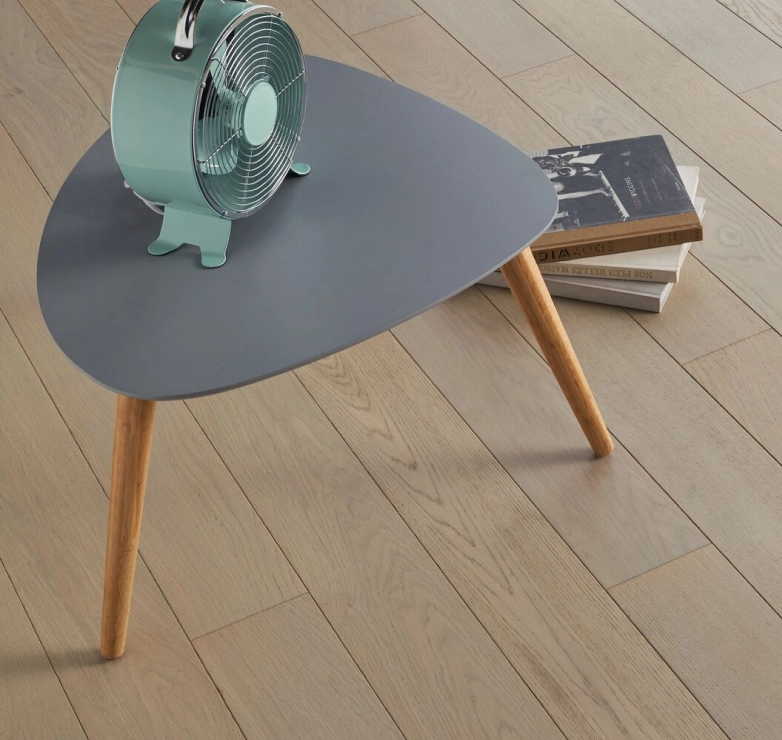One of the biggest benefits of wood flooring is its longevity, which is why it’s such a popular choice for homeowners and property developers.
Wood floors can last decades when they are well looked after, so it’s vital that you are aware of the dos and don'ts when it comes to cleaning and protecting your wood flooring.
Wood floors are exposed to all kinds of dangers on a daily basis that could cause stains, scratches and even cracking.
But, with the right maintenance and care, you can rest assured that your wood flooring will look as good as new for as long as you need it - and there really isn’t much to it!
You should also note that, though there are some key differences between the structure and some aspects of performance when it comes to engineered wood flooring and solid wood flooring (as discussed in our last blog post: The Difference Between Engineered and Solid Wood Flooring? when it comes to the maintenance, both types of wood flooring require similar care.
The only vital distinction between the two is that solid wood flooring can be sanded down far more than engineered wood flooring which comes in handy when you want to refinish damaged or tired flooring.
This is something we discuss in more depth later on.


